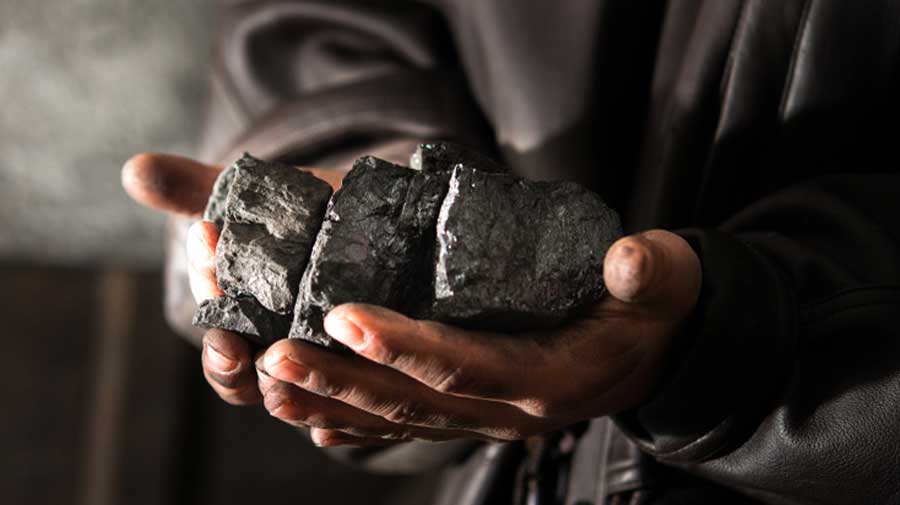The coal ministry wants a cut in levies to bring domestic coal on a par with the imported varieties.
Industry officials said the statutory levies on G8 grade coal (5000 kcal/kg) come to around 46 per cent of the price to consumers. This includes taxes such as royalty, contributions to national mineral exploration trust, district mineral fund, GST of 5 per cent and a flat GST compensation cess of Rs 400 per tonne.
The levies on comparative grade of imported coal from Indonesia work out to around 15 per cent. On the higher grades of domestic coal, the levies could even go to 60 per cent. There are also charges on transportation and evacuation of coal. Railways typically have dynamic pricing for peak- and non-peak seasons and busy- and non-busy routes besides development surcharges on railway freight.
“Coal at various stages is almost taxed between 45 per cent and 49 per cent. While the cost of digging and excavating is low, the cost of transportation, evacuation, GST, GST compensation cess, DMF, NMET all put together pushes up the cost of coal when it reaches the industry. That is one reason why imported coal is very competitive and sometimes cheaper than domestic coal,” said M. Nagaraju, additional secretary, ministry of coal at an mjunction organised event on Thursday.
“I think we need to relook the taxation policy on coal so that it may have an impact on reducing import of thermal coal,” he said.
A rationalisation of the taxation structure would be a key component towards the Centre’s plan to bring down the import of thermal coal. Union coal minister Pralhad Joshi earlier this year had announced that thermal coal imports into India will stop from 2023-24. Coal being on the open general license, domestic consumers imported a total of 248.54 mt in 2019-20.
Another import substitution measure is to increase domestic availability through the auction of blocks. But despite auction and allocation, only a handful of blocks have become operational because of various regulatory and legal hurdles.
The Centre had earlier auctioned 98 blocks of which 33 are in operation and more recently 19 blocks have been auctioned for commercial mining.
The estimated additional coal available through these blocks is around 200-220 million tonnes per annum.
An official of a corporate bidder who took part in the last round of auction said that clearances related to land, environment and rehabilitation are among the major challenges that any developer would have to keep in mind while participating in the auction.
“There is no standard compensation rate in any state. It becomes difficult to estimate the rehabilitation and resettlement spend,” the official said.
Easier transfer of land and frequent meeting between officers of Centre and state government along with corporate bidders for stock taking of allotted blocks are among the other industry suggestions for faster operationalisation of blocks.










